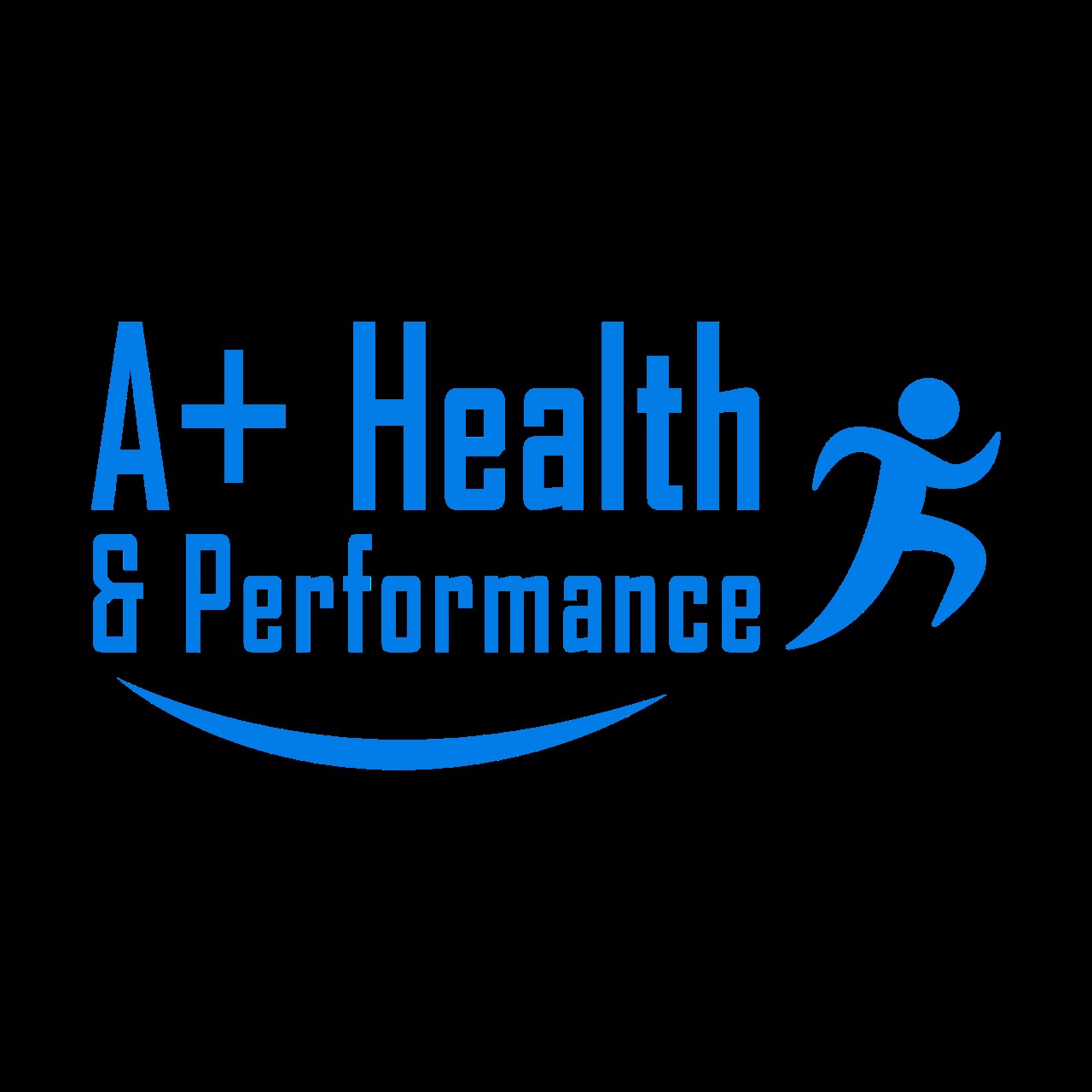The best strength exercises for triathletes
As a triathlete your training is built around a moderate-high volume of aerobic conditioning and while its possible to build strength in these sports through hill running and cycling and using paddles while swimming, the evidence for regular strength and conditioning and gym-based training has become more widely accepted and this type of training has become more important not only with elite triathletes but also age group triathletes looking to improve health and athletic performance.
The benefits of strength training far outweigh the risks- improve strength and mobility, enhance running economy and reduce fatigue, increase speed, power and force development, reduce injury risk and correct muscular imbalances.
A common misconception is around getting too bulky, but when done correctly strength and conditioning sessions are designed to improve strength through neuromuscular coordination without adding bulk, which can be a challenge for most triathletes performing a high volume of endurance training.
Whether you’re a beginner or experienced athlete, the key is to focus on compound movements with load rather than isolated single joint movements or using machines too often. This will give you the most bang for your buck in terms of strength training and improving health and athletic performance.
The primary exercises that form the basis of a great strength and conditioning program include, but are not limited to:
Squats- there are many variations to suit different athletes- goblet squat, front squat, back squat, hex bar squat/ deadlift. These are all quad dominant exercises that focus on strengthening your quads along with glutes, hips, low back and trunk stabilisers. Single leg versions should also be included to improve strength imbalances and further target hip stability for injury prevention.
Deadlifts- similar to squats in that there are several variations and shouldn’t be dismissed by triathletes as this is the best exercise for developing strength and power through your hips, hamstrings, low back, upper back and trunk stabilisers. Single leg deadlifts should also be included as part of a comprehensive strength program.
Push ups- a classic exercise that everyone can benefit from to improve strength and stability of your upper body, shoulders, core and trunk stabilisers. The benefits are not only performance related but can also help with injury prevention or shoulder health for those that may have had previous shoulder injuries.
Pull ups- the king of upper body exercises, you may need to work up towards performing body weight pull ups which will improve strength through your back and shoulders, improve posture and core stability. Regressions may include inverted rows, band assisted pull ups or focusing on ‘eccentric’ pull ups, but once perfected a weight pull up is a goal that will challenge everyone!
Calf raises- an often neglected area, calf strength is important for running performance and injury prevention. The key is to progress to single leg, heavy loaded calf raises for maximal strength gains and if safe then progress to plyometric exercises to improve ankle stiffness and power production that can reducing ground contact time during your run stride.
Pallof press- primarily for core and trunk stability this exercise teaches the stability required to prevent rotation which is important for posture and efficient swimming, cycling and running technique over long training sessions.
Of course your own strength training program should be developed specifically for your individual needs and goals, having a specific strength and conditioning program will take your triathlon performance to the next level.


